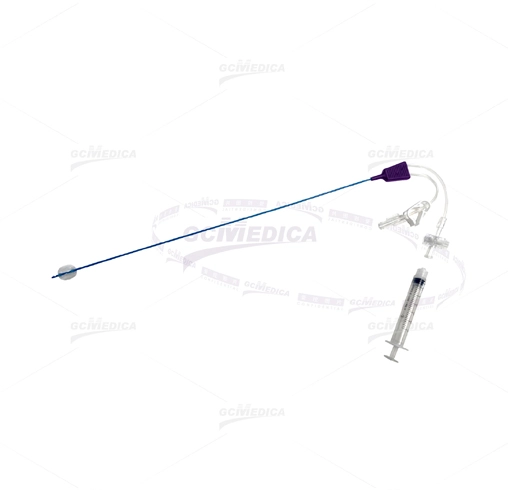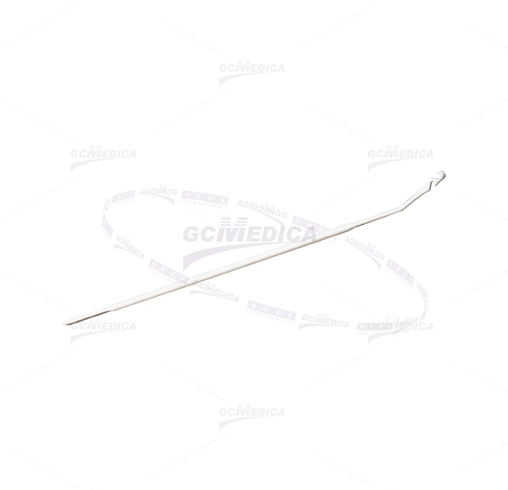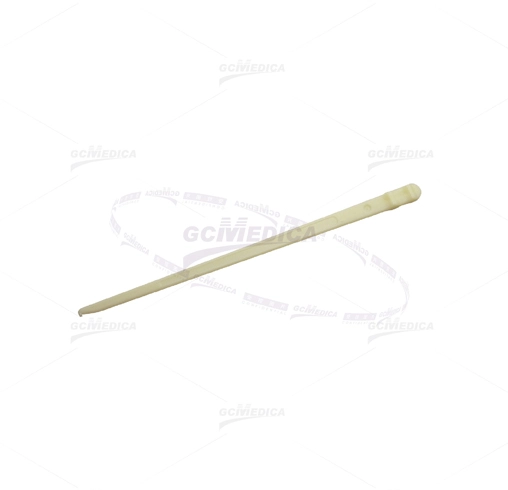-
Laparoscopic & Endoscopic Products
-
Laparoscopic Procedures
- Laparoscopic Smoke Filter
- High FLow CO2 Laparoscopic Insufflation Filter Tube Set
- Veress Needle
- High Flow Heated Insufflation Tube
- Disposable Bladeless / Bladed Trocar with Thread / Balloon
- Disposable Wound Protector
- Disposable Height Changeable Wound Protector
- Retrieval Bag
- Laparoscopic Suction Irrigation Set
- Endoscopy Care and Accessories
-
Laparoscopic Procedures
- Respiratory & Anesthesia
- Cardiothoracic Surgery
- Gynaecology
-
Urology
- CathVantage™ Portable Hydrophilic Intermittent Catheter
-
Cysto/Bladder Irrigation Set
- M-easy Bladder Irrigation Set
- B-cylind Bladder Irrigation Set
- S-tur Bladder Irrigation Set
- S-uni Bladder Irrigation Set
- B-uro Bladder Irrigation Set
- Premi Bladder Irrigation Set
- J-pump Bladder Irrigation Set
- J-tur Bladder Irrigation Set
- H-pump Bladder Irrigation Set
- Sup-flow Bladder Irrigation Set
- Maple Irrigation Set
- Peony Irrigation Set
- Nelaton Catheter
- Urinary Drainage Bag
- Urinary Drainage Leg Bag
- Enema Kits
- Sitz Bath Kits
- Click Seal Specimen Container
- Silicone Male Catheter
- Spigot Catheter and Adaptor
- Sandalwood Irrigation Set
- Freesia Irrigation Set
- Daffodil Irrigation Set
- Single-Use Digital Flexible Ureteroscope
- Enteral Feeding Products
- Dental
-
Fluid Management
- Humite Canister
- Suction Canister Soft Liner
- Rigid Suction Canister
- Suction Canister with Filter Kit
- Reusable Outer Canister
- Reusable Metal Holder Used with Reusable Canister
- Roll Stand
- Wall Mount
- Vacuum Control Adaptor
- Automatic Transfer of Fluids
- Universal Manifold Tubing
- Solidifier Pack
- Brucite Canister
- Warming Unit and Warming Blanket
-
Operating Room Necessities
- Nasal and Oral Sucker
- Pulsed Lavage System
- Disposable Medical Equipment Covers
- Magnetic Drape / Magnetic Instrument Mat
- Suction Handle
-
General Surgery
- Perfusion Atomizer System
- Gastric Sump Tube
- Surgical Hand Immobilizer / Lead Hand for Surgery
- Administration Set for Blood
- Ear/Ulcer Syringe
- Bulb Irrigation Syringe
- Toomey Irrigation Syringe
- Mixing Cannula
- Basin Liner/Basin Drape
- Medical Brush
- Sponge Stick
- Suture Retriever
- Needle Counter
- Disposable Calibration Tube
- Heparin Cap
- 100ML Bulb Irrigation Syringe
- Scleral Marker
- Surgical Light Handle
- Mucosal Atomization Device
- Durable Medical Equipment
- Patient Handling System
- PVC-FREE Medical Device
- Emergency
-
What is Tum-E-Vac® Gastric Lavage Kits?Oct 14 , 2024
-
CathVantage™ Twist Intermittent Catheter | GCMEDICASep 20 , 2024
-
Single-Use Digital Flexible Ureteroscope | GCMEDICASep 20 , 2024
-
Disposable Hemorrhoid Ligator | GCMEDICASep 20 , 2024
-
Gastric Lavage Kits | GCMEDICASep 20 , 2024

HSG Catheter
GCMedica HSG Catheter is used to inject contrast media or saline into the uterus and fallopian tubes for hysterosalpingography and sonohysterography procedures. It has a latex-free balloon catheter with arigid insertion sheath.
| Product name | HSG Catheter |
| Place of Origin | Jiangsu, China |
| Brand | Gcmedica |
| Instrument classification | Class I |
| Warranty | 5 years |
| Certification | CE, FDA, UKCA ,TUV Rheinland, ISO13485 |
| Delivery time | Depends on order quantity |
| OEM & ODM | Support |
Features of HSG Catheter
Designed for hysterosalpingography and sonohysterography procedure.
Disposable with rigid sheath, available with Fr5 and Fr7 in size.
Radiopaque material of catheter allows the clear view during the procedure.
Intended for use in the injection of contrast material in the examination of the uterus and fallopian tubes
The balloon forms a seal at the internal cervical os to hold the saline or contrast in the uterus
Rigid insertion sheath
Include syringe
Latex Free
To know more HSG Catheter Wholesale Buying Information, you can download our HSG catheter for Gynaecology or the latest GCmedica Disposable Medical Equipment List to know more. We also uploaded the latest HSG Catheter Introduction Video on Youtube and and website. Anyway, welcome to Contact GCmedica directly for hsg catheter prices!
HSG Catheter Sizes
| No. | Product code | Description | Qty |
| 01 | GC7005A11 | Fr5, latex-free | 10/box |
| 02 | GC7005A12 | Fr7, latex-free | 10/box |





